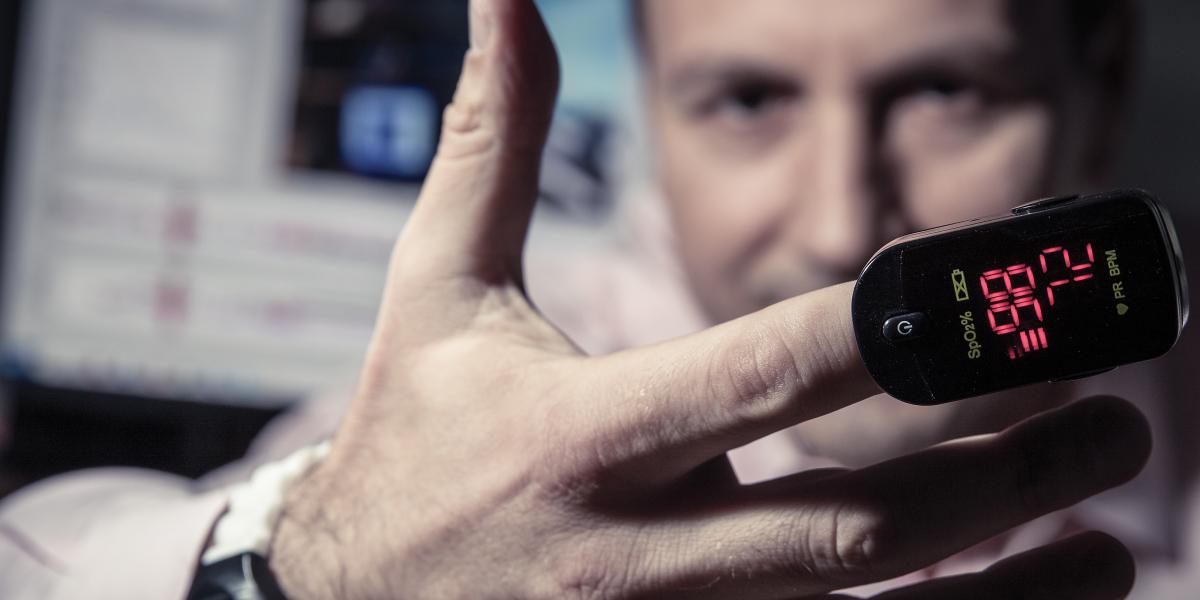Diamonds in the Data Deluge
Wearable computers generate scads of data, but how do we use it?
Adios Apple Watch. Forget FitBit. The rudimentary heart rate monitors, activity trackers and calorie counters boasted by these “wearable” devices seem positively quaint next to the sort of public health information that Biostatistics professor Ciprian Crainiceanu, PhD, is helping decipher from wearable technologies.
From accelerometers and global positioning systems to sleep monitors and air pollution detectors, Crainiceanu and his collaborators harness a remarkable array of sensors, amassing data to study diseases and scientific problems in ways no one imagined possible even a few years ago.
“The list of health-relevant bio-signals we can measure goes on and on. What we haven’t been so good at is figuring out what it all means, but we’re improving,” says Crainiceanu, who doesn’t develop wearable devices, per se. Instead, he works with developed sensors to draw out meaning from the scads of information wearables provide.
From the deluge of data, he can now detect when a patient is not recovering well and predict who may need hospitalization. He can track recovery from heart surgery. He can identify circadian rhythms and correlate them with a patient’s age, body mass or even diseases such as stroke and depression.
In one of their toughest (and coolest) feats to date, Crainiceanu and team analyzed accelerometer data collected in a patient’s home and identified when he was walking and how often.
